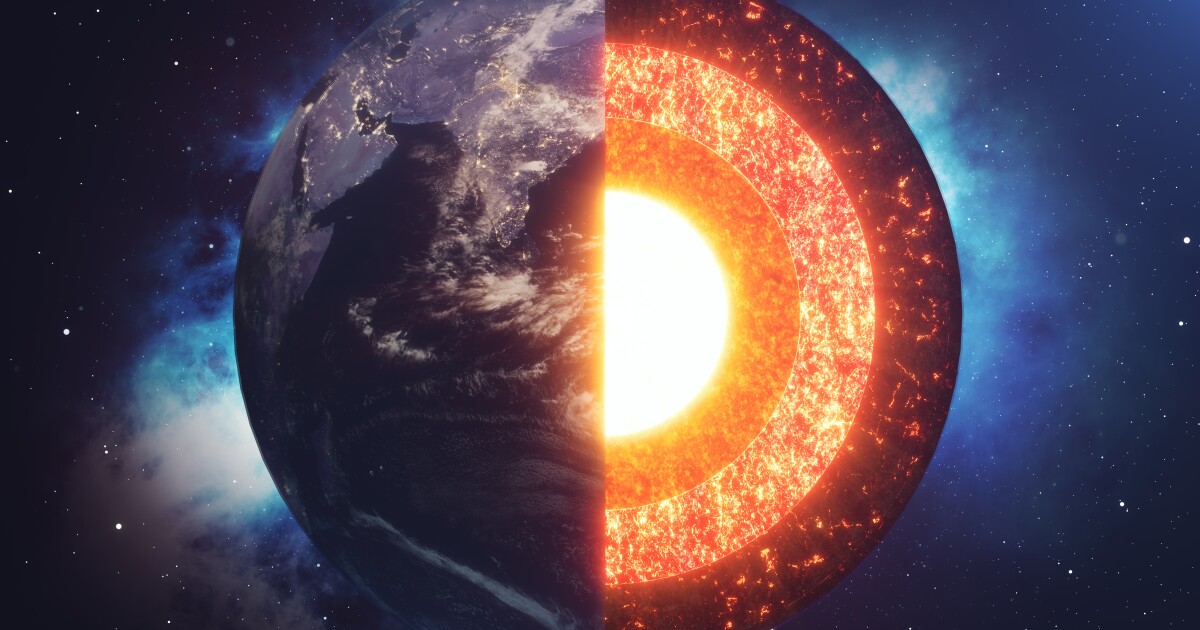

Astronomers have discovered an Earth-sized planet they suspect is covered in volcanoes and could have the potential to sustain life.
The planet, known as LP 791-18 d, is about 90 light-years away from Earth in the constellation Crater, located in the southern celestial hemisphere, according to a research study by the group that located it. LP 791-18 d is estimated to be slightly larger than Earth, according to NASA.
TEXAS HOUSE PASSES BILL TO CURB RENEWABLE ENERGY GROWTH
“LP 791-18 d is tidally locked, which means the same side constantly faces its star,” said Bjorn Benneke, an astronomy professor at iREx who planned, supervised, and co-authored the study. “The day side would probably be too hot for liquid water to exist on the surface. But the amount of volcanic activity we suspect occurs all over the planet could sustain an atmosphere, which may allow water to condense on the night side.”
Ever feel like you’re being pulled in different directions and you might erupt?
An Earth-size exoplanet, spotted by NASA’s orbiting telescopes, is at the center of a cosmic tug-of-war in its star system—which may stud its surface with fiery volcanoes: https://t.co/LUKsqX5MGE pic.twitter.com/4dCMjFcFzZ
— NASA (@NASA) May 18, 2023
A pair of other planets, LP 791-18 b and c, were already known prior to d’s discovery, with c having been approved for observation time by the James Webb Space Telescope. Planet d is located on the inner edge of a habitable zone where scientists hypothesize liquid water could exist.
The research team suspects that planet d is geologically active, and if that is the case, the planet could have temperatures during its night cycle that allow for water to condense on its surface.
CLICK HERE TO READ MORE FROM THE WASHINGTON EXAMINER
“A big question in astrobiology, the field that broadly studies the origins of life on Earth and beyond, is if tectonic or volcanic activity is necessary for life,” said study co-author Jessie Christiansen, a research scientist at NASA’s Exoplanet Science Institute at the California Institute of Technology in Pasadena. “In addition to potentially providing an atmosphere, these processes could churn up materials that would otherwise sink down and get trapped in the crust, including those we think are important for life, like carbon.”
The planet was spotted using data from NASA’s Transiting Exoplanet Survey Satellite, as well as the retired Spitzer Space Telescope, and several ground-based observatories.




